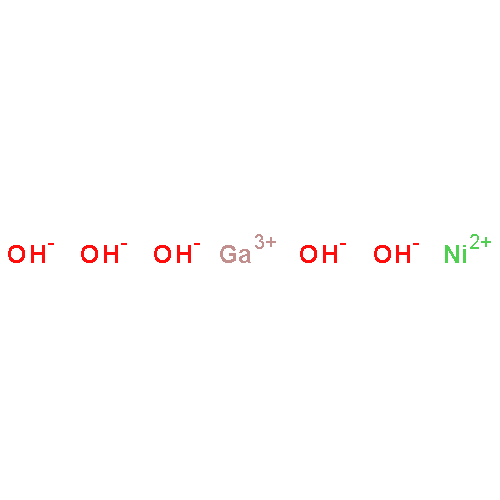Co-reporter: Hanfeng Liang, Linsen Li, Fei Meng, Lianna Dang, Junqiao Zhuo, Audrey Forticaux, Zhoucheng Wang, and Song Jin
pp: 5702
Publication Date(Web):July 31, 2015
DOI: 10.1021/acs.chemmater.5b02177
Porous materials are of particular interest due to their high surface area and rich edge sites, which are favorable for applications such as catalysis. Although there are well-established strategies for synthesizing porous metal oxides (e.g., by annealing the corresponding metal hydroxides), facile and scalable routes to porous metal hydroxides and metal chalcogenides are lacking. Here, we report a simple and general strategy to synthesize porous nanosheets of metal hydroxides by selectively etching layered double hydroxide (LDH) nanoplate precursors that contain amphoteric metal and to further convert them into porous metal chalcogenides by a solution method. Using NiGa LDH as an example, we show that the thin nanoplates with high surface accessibility facilitate the topotactic conversion of NiGa LDH to β-Ni(OH)2 and further to NiSe2 with porous texture while preserving the sheet-like morphology. The converted β-Ni(OH)2 and NiSe2 are highly active for electrocatalytic oxygen evolution reaction and hydrogen evolution reaction (HER), respectively, which demonstrates the applications of such high surface area porous nanostructures with rich edge sites. Particularly, the porous NiSe2 nanosheets exhibited excellent catalytic activity toward HER with low onset overpotential, small Tafel slope, and good stability under both acidic and alkaline conditions. Overall electrochemical water splitting experiments using these porous β-Ni(OH)2 and NiSe2 nanosheets were further demonstrated. Our work presents a new strategy to prepare porous nanomaterials and to further enhance their catalytic and other applications.
